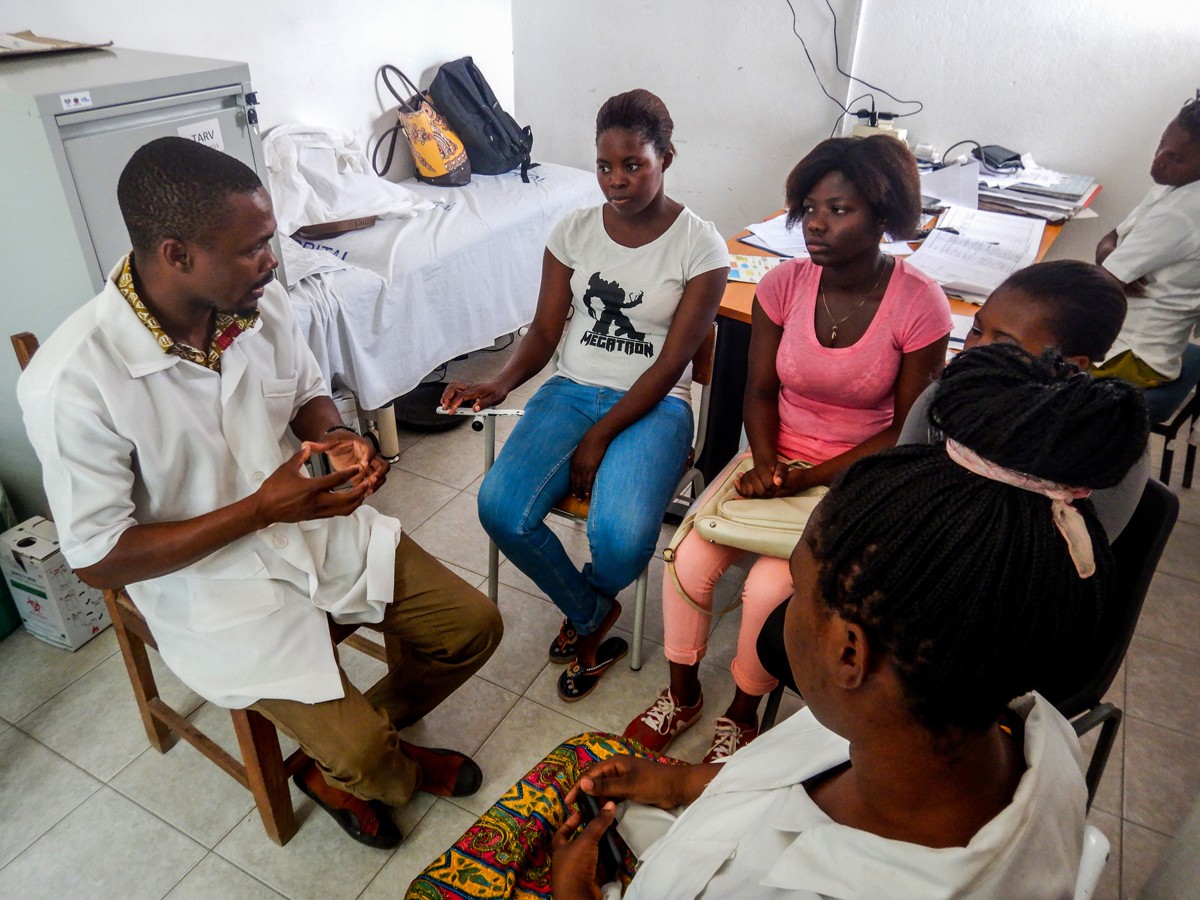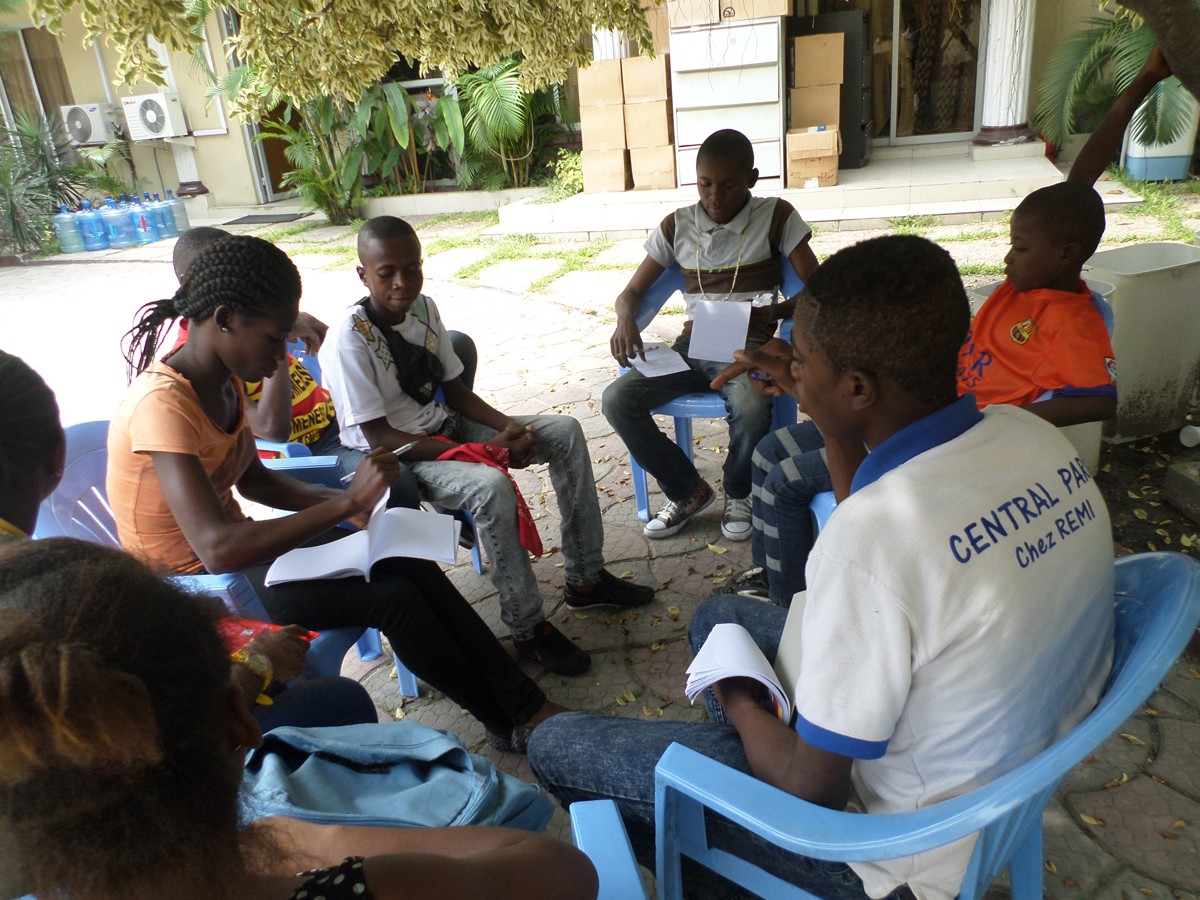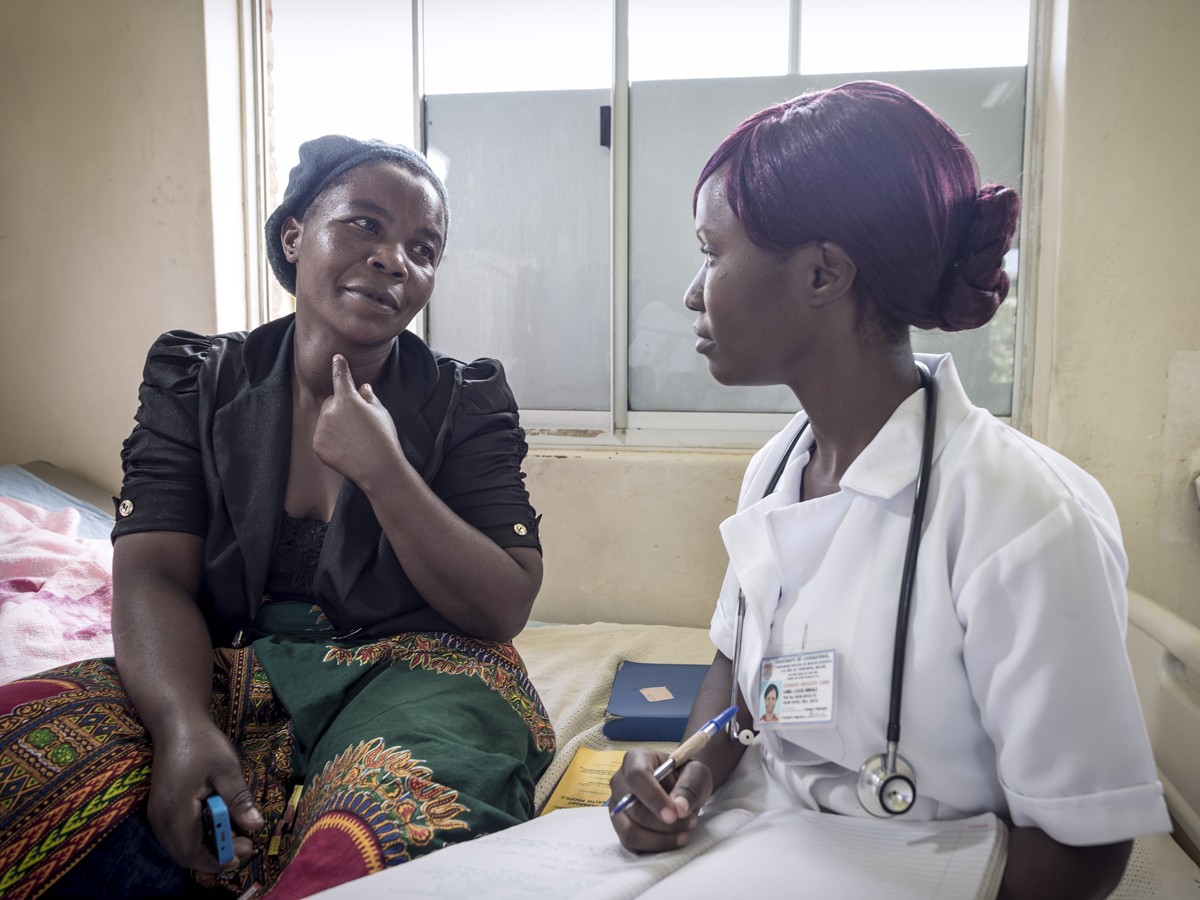Authors:
Mapingure MP, Chingombe I, Dzinamarira T, Cuadros D, Murewanhema G, Moyo B, Samba C, Mpofu A, Mugurungi O, Herrera H, Musuka G.
Abstract:
Background: Men who have sex with men (MSM) are disproportionately impacted by HIV in sub-Saharan Africa (SSA), where condomless anal intercourse (CAI) is a major driver of HIV transmission among this hidden subpopulation.
Objectives: To determine CAI drivers and prevalence among HIV-positive and HIV-negative MSM.
Method: Data from 1538 MSM who participated in a biobehavioural survey in Zimbabwe were used. Secondary statistical data analysis methods were used to determine prevalences and drivers of CAI.
Results: A high prevalence of CAI, of at least 30%, among HIV-positive and HIV-negative MSM was found. Factors that led to a statistically significant higher CAI among HIV-positives compared to HIV-negatives included drunkenness (35% vs. 25%, P = 0.01), fear of partner (13% vs. 9%, P = 0.017), trusting the partner (10% vs. 6%, P = 0.008), and being offered more money (10% vs. 6%, P = 0.003).
Conclusion: Our findings indicate that economic, socio-behavioural and perceptual dimensions increase men’s likelihood to engage in risky sexual behaviour, suggesting the need for HIV prevention efforts that provide tailored education regarding HIV risk among MSM in SSA. This is the first large biobehavioural survey that generated valuable information useful for analysing condomless anal sex among MSM in Zimbabwe.







